Financial Resources To Support Your Regenerative Ranch
Grants, scholarships and cost-share programs can help fund regenerative education and conservation practices.
Spring is a prime season for ranchers to take stock, assess their operations and plan for the year ahead. It’s also a great time to explore financial support options for regenerative ranching practices. Cost-share and grant programs can provide ranchers with funds to adopt practices like adaptive grazing, soil health improvement and water conservation.
Below, we outline six types of key government and private programs that can help you take action this season.

1. Environmental Quality Incentives Program (EQIP) – USDA NRCS
What it offers: The Environmental Quality Incentives Program, managed by the USDA’s Natural Resources Conservation Service, provides financial and technical support to implement conservation practices on working lands.
How it helps: Ranchers can receive cost-share payments to adopt practices like rotational grazing, improved water management and cover cropping—all of which contribute to regenerative ranching goals.
Why you should apply: EQIP helps offset the costs of new equipment, seed and infrastructure improvements needed to establish regenerative systems.
How to get started: Contact your local NRCS office to discuss your goals and learn how EQIP funding could support your operation. Applications are accepted on a rolling basis, but funding cycles vary by state.
More information: nrcs.usda.gov/programs-initiatives/eqip-environmental-quality-incentives.

2. Conservation Stewardship Program (CSP) – USDA NRCS
What it offers: While EQIP helps ranchers start new conservation projects, the Conservation Stewardship Program rewards producers who maintain and expand their conservation efforts.
How it helps: Through CSP, ranchers receive annual payments for continuing existing conservation practices and implementing new enhancements, such as grazing plan improvements or wildlife habitat development.
Why you should apply: If you’re already practicing regenerative methods like rotational grazing or pollinator habitat creation, CSP can provide financial support for ongoing stewardship.
How to get started: Connect with your local NRCS office to discuss your eligibility and submit an application. As with EQIP, funding cycles are state-dependent, so apply early.
More information: nrcs.usda.gov/programs-initiatives/csp-conservation-stewardship-program.
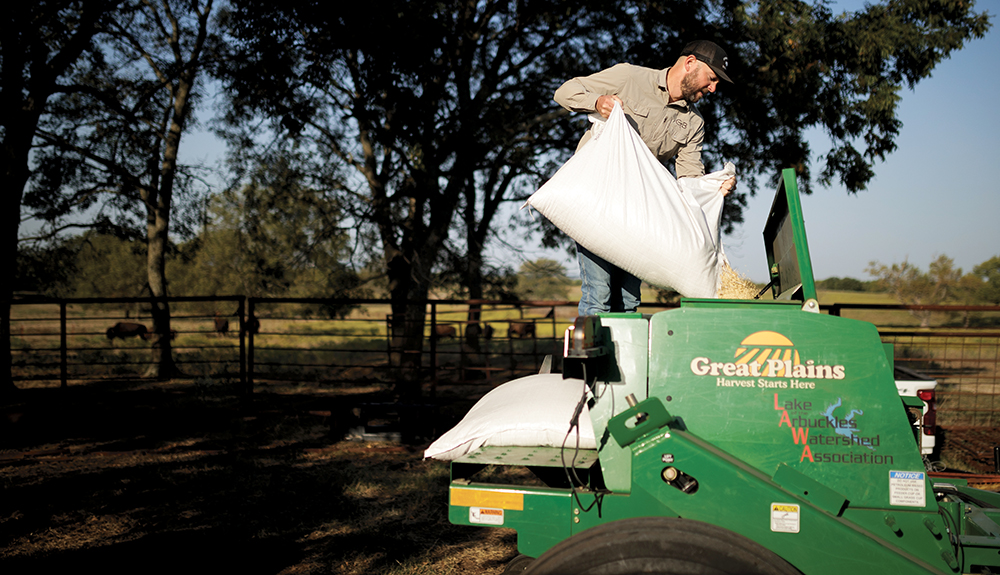
3. Sustainable Agriculture Research and Education (SARE) Grants
What it offers: The SARE program funds on-farm research and educational initiatives focused on sustainable and regenerative agricultural practices.
How it helps: Ranchers can apply for grants to conduct farm trials, test regenerative methods or create educational content for their communities.
Why you should apply: If you’re looking to experiment with innovative approaches to regenerative ranching, SARE grants can support your research efforts.
How to get started: Applications for SARE grants are region-specific. Visit the SARE website to identify your region’s grant opportunities and deadlines.
More information: sare.org/grants.
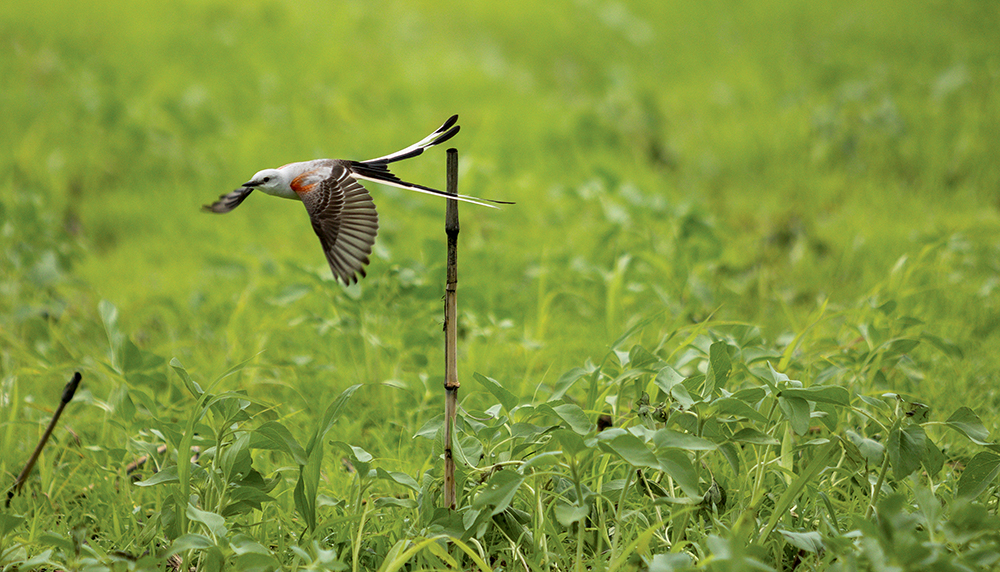
4. Regional Conservation Partnership Program (RCPP) – USDA NRCS
What it offers: The RCPP leverages partnerships with non-governmental organizations to provide financial support for local conservation projects.
How it helps: Ranchers can participate in regional conservation efforts aimed at improving water quality, managing drought risks and supporting regenerative grazing initiatives.
Why you should apply: RCPP projects are tailored to local needs, giving ranchers the opportunity to engage in community-driven conservation goals.
How to get started: Contact your local NRCS office or conservation district to learn about ongoing RCPP projects in your area and how you can participate.
More information: nrcs.usda.gov/programs-initiatives/rcpp-regional-conservation-partnership-program.
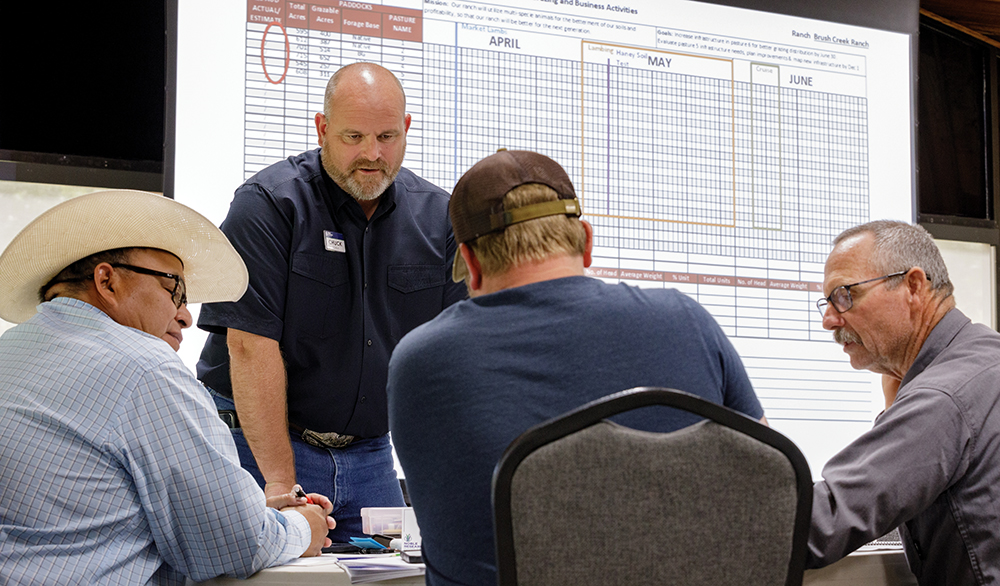
5. Scholarship and Grant Opportunities to Attend Noble Courses
What they offer: Noble Research Institute, together with industry partners, offers financial support to help ranchers attend Noble’s educational courses on regenerative practices through scholarships and grants.
- Land & Legacy Scholarship: Covers full registration fees for Noble’s educational courses, in partnership with Powerflex Supply and administered by the National Grazing Lands Coalition.
- Who can apply: Farmers and ranchers interested in regenerative ranching and land stewardship.
- How it works: Applications are reviewed quarterly. If not selected in one round, applications are automatically reconsidered. Apply at https://www.grazinglands.org/landandlegacyscholarship.
- Rancher Resilience Grant: Provided through the National Cattlemen’s Beef Association, it reimburses registration fees and hotel costs for eligible courses.
- Who can apply: Livestock producers seeking to improve their operations.
- How to apply: Visit the Rancher Resilience Grant (ncba.org/producers/rancher-resilience-grant) webpage to get started.
More information: Learn more about both programs and how to apply at noble.org/scholarships.

6. Private Funding Opportunities
Steward
- What is offers: Steward is a crowdfunding platform where investors support regenerative agriculture projects with low-interest loans.
- How it helps: Ranchers can secure loans to purchase equipment, upgrade infrastructure, or make operational changes to transition to regenerative practices.
- Why you should apply: This alternative financing model offers more flexible terms than traditional bank loans.
- How to get started: Visit gosteward.com to explore eligibility and application details.
Iroquois Valley REIT
- What it offers: Iroquois Valley REIT (real estate investment trust) provides long-term leases, mortgages and financial support to regenerative producers.
- How it helps: Ranchers can access funding for land purchases, infrastructure improvements and other regenerative farming needs.
- Why you should apply: If you’re transitioning to regenerative ranching, Iroquois Valley REIT’s financial backing can support land access and operational improvements.
- How to get started: Contact Iroquois Valley to discuss available opportunities and application requirements. Visit iroquoisvalley.com.
Transitioning to regenerative ranching is possible and practical with the right support. Programs like EQIP, CSP, SARE, RCPP and private initiatives from Noble Research Institute and others are designed to make the transition feasible, even for ranchers working within tight budgets. You can gain the skills needed to grow your ranch by leveraging these resources.

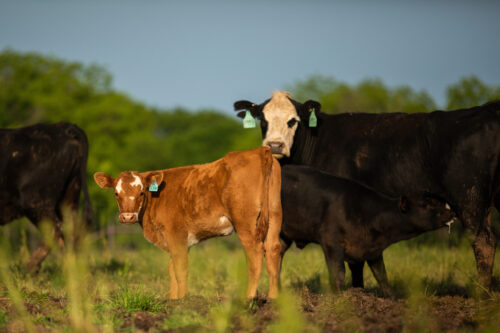
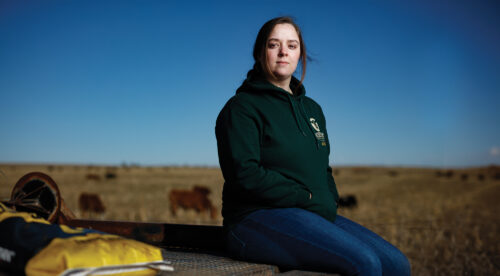
Comment